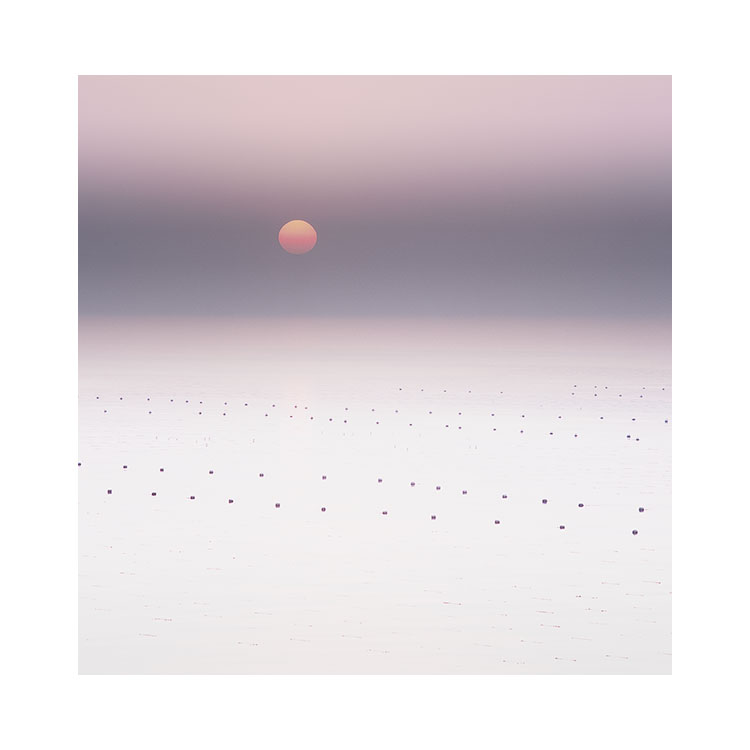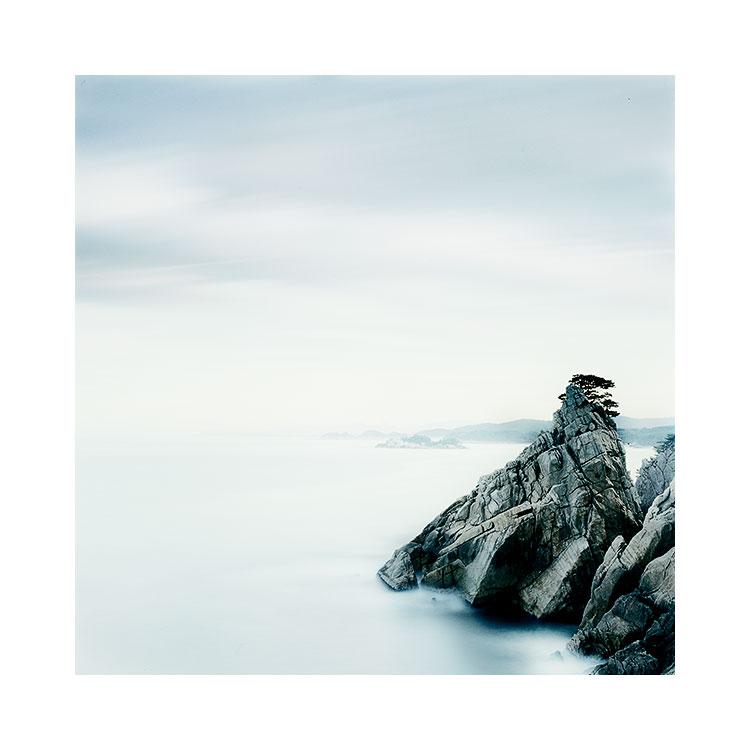There has to be space, plenty of it, to enable us to be creative. There has to be lots of free time to allow us to get under the skin of a place. If there’s too much distraction in our lives, then we’re not able to give photography the attention it needs.
Finding space is one thing, but having a settled mind with which to be creative is an entirely different thing altogether.
I think photography can be a meditative act. A space where you lose yourself. All sense of time disappears. I’m sure I’m not alone in saying that often when I’m making photographs - I disappear. I am not aware of thinking any particular thoughts, or of being aware of being here.
But you can only get to this state if you feel your mind is capable of being settled. Got too much worries in your life, or too many pressures, and it’s hard, even with a lot of space - to disengage.
Decluttering one’s life is important, because by doing so, you give yourself the space to let something else in - your creativity.
For me, I’ve always needed space around me. I’m an introverted extrovert. I like being around people and I like being social, but I also recognise when I need to recharge my batteries and need time alone, space to do …. nothing …. or more precisely …. nothing much in particular, or with no agenda … is something I need more and more. Knowing I don’t have to be somewhere, knowing that the day ahead of me is free and I don’t have to stick to a plan is something that helps me a great deal.
I’m convinced this 'settled mind’ I’m seeking allows me to absorb my experiences, to digest what it is that I’ve travelled to make photographs of. When I come home from trips, I often find I need a decompression period of around two weeks. It gives me time to adjust, to think about where I’ve been and more importantly, to understand what it all means to me.
We’re not here to make only pictures. Photography shouldn’t be only an acquisitive act. It’s about how it feeds you that matters most. For example, I often find the greatest joy and satisfaction during the review of work that was created many weeks prior. Not the actual shooting.
Reliving my experiences this way, often after some time, allows me to reflect upon it, to really understand what it meant to me, and this can only happen if I have enough space, and peace of mind with which to engage with it.























